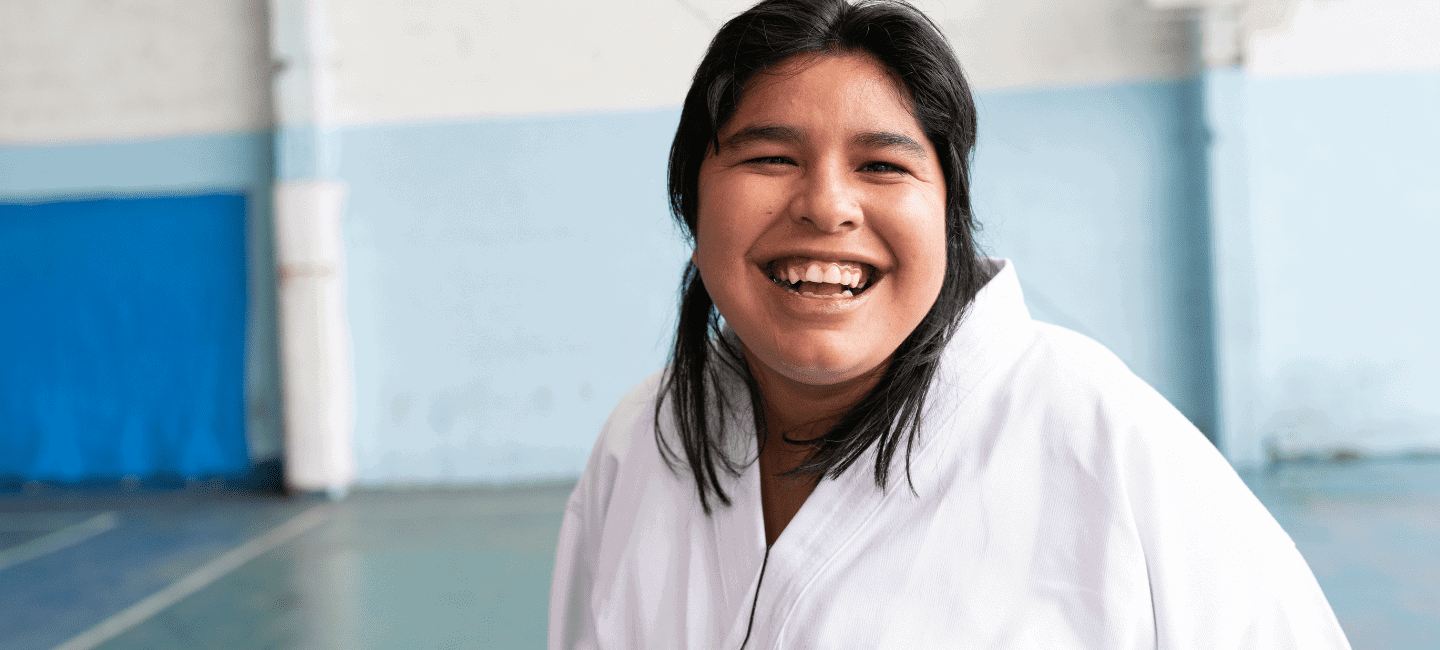
The Effect of Teacher Autonomy and Student-Teacher Relationships on Depression
The success of transitions to postsecondary life is significantly affected by the size of transition networks within and beyond the school system, which includes the range of professional roles and services offered, and the effectiveness of the collaborations within these networks.
01 Jun 2023


